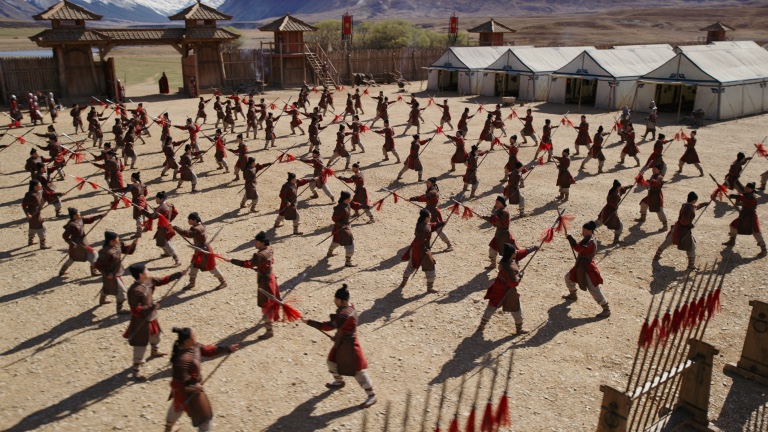![]()
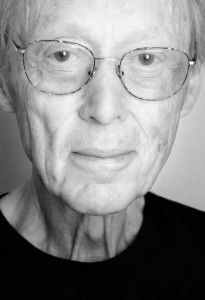
Smith’s initial creative endeavors did not suggest a guaranteed career in makeup, but by 1945, after graduating from Yale, he got a makeup department job at NBC in the fledgling television medium. “I was the first staff makeup artist in the television industry, so I saw it from the very beginning,” Smith said. “I worked there for 14 years, and it was really my school. I knew very little. I had only read a couple of stage makeup books and had done some makeup at Yale. I had a tiny little makeup room, a former dressing room, and I was by myself. I did every kind of makeup during my TV years.” Since television was too new at the time to grant its own awards, Smith never received an Emmy despite supervising dozens of memorable makeups. Later, he finally was recognized with an Emmy for his realistic age makeup on Hal Holbrook for Mark Twain Tonight in 1967.
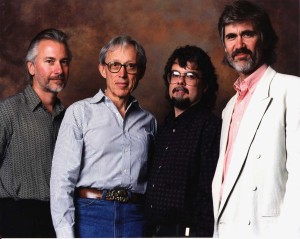
By the late 1960s, Smith was already a legend to young readers of his Monster Makeup Handbook, published through Famous Monsters of Filmland magazine in 1965. Among its enthusiastic readers who learned how to do makeups with materials that they could find at home were future makeup artists Craig Reardon (E. T., Poltergeist, Twilight Zone), Kevin Haney (Dick Tracy, Addams Family, Driving Miss Daisy) and Rick Baker (An American Werewolf in London, Men in Black, The Grinch). Notably, both Reardon and Baker had begun an active correspondence with Smith as teens in the 1960s. Then, it was a revisionist western shot in 1969 that brought Dick Smith to the forefront in the Hollywood makeup community.
Smith came into Little Big Man through an association with Dustin Hoffman from Midnight Cowboy, and the film gave him the chance to create a memorable old-age makeup for Hoffman’s character, the lone white survivor of the battle of Little Big Horn in the late 1800s. Looking back on that time from the present day setting of the film, the Hoffman character was supposed to be 121-years-old. The key to creating the makeup was Smith’s innovation of developing individual foam latex appliances for different sections of Hoffman’s face so that the makeup would appear and move more naturally than using, for example, a basic mask. The makeup’s final film appearance contained such specificity and thoughtfulness, it is still considered a landmark age appliance makeup.
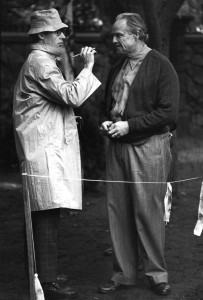
Shortly thereafter, The Godfather presented Smith with several challenges, including Marlon Brando’s old-age makeup and an on-camera forehead bullet hit on actor Sterling Hayden which ushered in a new level of realism in makeup effects. The next year, The Exorcist offered myriad makeup challenges, not the least of which was the iconic demon makeup on the 12-year-old Linda Blair. For the run of the film, Smith implemented handcrafted techniques by utilizing a variety of pioneering physical devices and materials to create the film’s magical effects, and even brought in Baker, then in his early 20s, to assist. Another makeup triumph in The Exorcist, one that often fooled viewers, was an old age makeup created for the then 44-year-old Max Von Sydow. “It consisted of appliances on the sides of his face, on his chin, an his upper lip, but the rest was old-age stipple around his eyes and neck, and he had a little waddle over his Adam’s apple,” Smith revealed of perhaps one of his most effective makeups. However, such as with Smith’s time at NBC and the lack of Emmys, in the early 1970s, no official awards existed for makeup at the annual Oscar ceremony. Should there have been such an award, Smith would have undoubtedly received consideration for both Godfather and Exorcist. Alas, he would have to wait another 11 years for the coveted Oscar.
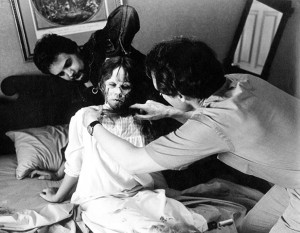
In the 1970s, Smith aged Walter Matthau for The Sunshine Boys, created many visceral effects for the horror film The Sentinel, and worked on three films with Robert DeNiro, including The Godfather: Part II, Taxi Driver and The Deer Hunter. By the end of the decade, Smith created a windfall of dazzling makeup and effects for the science-fiction film Altered States. The project was so massive, Smith brought in many young people to assist him, many of whom went on to do great work of their own. “I had 10 assistants,” Smith recollected of Altered States, “including Carl Fullerton, who was a brilliant young makeup artist and an apprentice at NBC. He was my right hand man. I also had another old friend from Hollywood, Craig Reardon, a very talented guy, and Kevin Haney – Altered States was his first job.”
By the 1980s, Smith continued to mentor young artists and work on top films from his New York base. In one remarkable sequence in the 1983 film The Hunger, Smith created a series of individual makeups to age David Bowie from his late 30s to age 150. In Amadeus, Smith, working alone, created the aged composer Salieri, by covering actor F. Murray Abraham’s entire face, except for his nose, in overlapping foam latex appliances. “There is an upper lip, lower lip and chin, forehead, wraparound cheeks that cover the cheeks and the neck, and two eye bags with two eye lids,” Smith described. “There is a plastic bald plate which first goes on underneath that the forehead overlaps.” Smith also implemented special contact lenses which gave a faded aged color to Abraham’s own brown eyes. A culmination of the many age makeup designs he had created before on TV and for film, Smith’s Salieri makeup was a certain success on every level, and he was awarded the Oscar for best makeup of 1984, his only such award. “I knew I was a leader in the field and that I didn’t need any validation on that score,” Smith said, “but nevertheless, there is a professional pride as well as a personal one which says ‘I should have at least one of those damn things.’ For me, Amadeus was the ideal makeup job. It was a dream project in every aspect.” Long after his retirement, in 2012, the Academy of Motion Picture Arts and Sciences also gave Smith a lifetime achievement award.
One of Smith’s last jobs working actively on the set of a film was creating middle-age makeups for Everybody’s All-American. Following that project, Smith consulted on film projects and spent countless hours on a detailed correspondence makeup course for advanced professionals which was ordered from all over the world. In the years since, Smith updated his course and fielded calls and answered letters from eager makeup artists everywhere. Smith was unlike anyone in the industry in his willingness to share details of not only his own makeup achievements but also of the craft’s developments and trends. One can only imagine the amount of time that Smith spent selflessly assisting others, if for no other reason than to uplift the entire state of his craft.
By the 1990s, in addition to early protégés such as Baker, Reardon, Fullerton and Haney, Smith had amassed a huge group of devotees, with notable names that range from Greg Cannom to Ve Neill to Kevin Yagher. Undoubtedly, all of these lauded craftspeople point to Smith as their key influence and the guiding spirit in their careers. Considering this wide breadth of artists and admirers who were influenced by Smith, one cannot possibly measure the overall impact that he made on several generations of artisans and an entire industry. “My position has made it possible for me to extend myself and help younger people,” Smith stated in the early 2000s. “It is a way for me to win friends all over the world. They are my family; they are people I love, and I think that is what life is all about anyway. I think whatever you give of yourself – your interest and affections – it comes back to you. It is a reward that is worth a bushel of Oscars.”
Before Smith’s passing, speaking for his legions of fans, friends and followers, Rick Baker summarized the heartfelt sentiments of that ever-expanding group by simply and honestly saying, “There’s never going to be another Dick Smith.”




